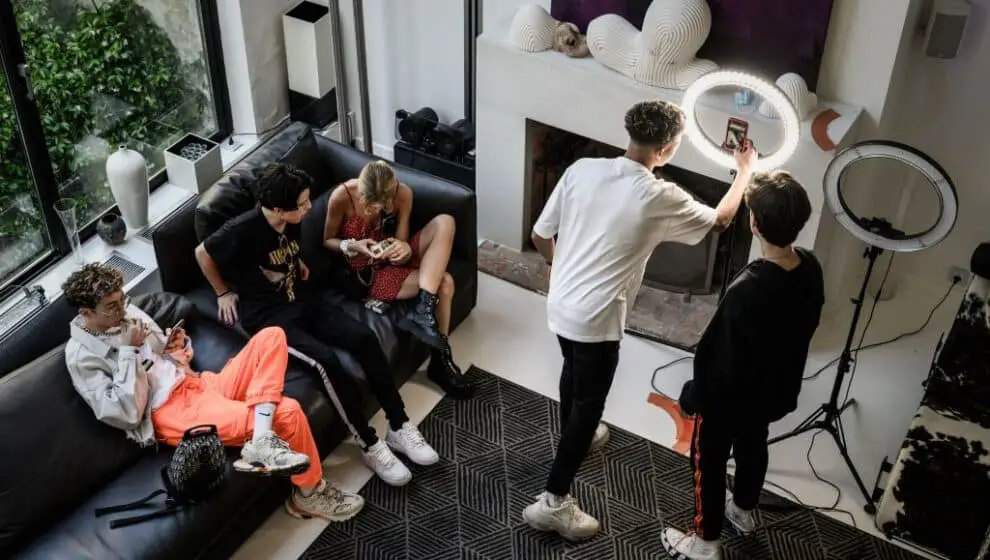If lawmakers ban the popular social-media app TikTok, they could potentially affect thousands of Americans using it to generate income.
Key Details
- A TikTok ban could mean bad news for more than just its parent company ByteDance. Of the millions of American users, thousands use the app to generate their own revenue.
- Some users take to TikTok to promote their business. Others make monetized content, and some are employed by larger brands to establish an online presence.
- Behind the scenes, many prominent creators also employ editors, writers, and assistants to produce their content.
- While many lawmakers have supported the potential ban, the move could be wildly unpopular among the American public. The app has 150 million monthly users in the U.S.
- Last week, dozens of TikTok content creators arrived at Capitol Hill to protest the potential ban and discuss with lawmakers its possible effect on their livelihood.
Why it’s news
As concerns about the app’s data security grow, the reality of a U.S. ban seems more plausible. Several states have already banned the app on government devices. Recently, the White House endorsed the RESTRICT Act, which would give the federal government authority to ban TikTok. Senator Marco Rubio (R-FL) sponsored a similar piece of legislation.
Tomorrow, TikTok’s CEO, Shou Zi Chew, will appear before a Congressional committee for the first time to discuss the video-sharing app’s security and connections to the Chinese Communist Party. Committee Chair Cathy McMorris Rodgers (R-WA) has raised concerns about the app’s safety and influence on younger users.
However, social media is no longer just about connecting with friends and family members. Many use social media as a way to generate income. Individuals may use the videos to draw attention to their craft.
For example, Robert Lucas makes mesmerizing videos showing how he decorates festive cakes for any occasion. His account bio describes him as a “Self-taught Cake Artist and Baker.” The account, @thesweetimpact, has 2.6 million followers.
Creators like Lucas do not just make TikTok videos for fun. These videos fund a business and draw in new customers.
Lucas told Forbes that a ban “would definitely be a great blow to everything that I have going right now.” Without the revenue from his videos, Lucas says he would not be able to support some of his employees. “They’re supporting me, but I also have to support them financially. And if that happens … I may have to basically lay [them] off,” he says.
In his remarks to Congress on Thursday, Chew will likely reference how TikTok gives small business owners a platform. Meta and Google have used similar arguments when fighting regulatory pressure.
Through a TikTok video posted Tuesday, Chew claimed that 5 million U.S. businesses use the video-sharing app to connect with customers.
Backing up a bit
TikTok’s new program Pulse is falling short of the expectations of creators, who say that the program drastically underpays for content.
Last May, TikTok announced Pulse, a program allowing creators to share ad revenue with the social-media company. YouTube and Facebook have similar programs that are historically beneficial to content creators and companies.
TikTok allows creators with at least 100,000 followers to participate in Pulse, where the company says it splits ad revenue equally. Similar programs through YouTube and Facebook give creators between 45% and 55% of revenue.
The China-based social-media company reportedly made $11 billion in ad revenue in 2022, but content creators claim that the wealth has yet to be passed down to influencers. Fortune reported that it interviewed seven TikTok influencers. None of them have made more than $5 through Pulse.
